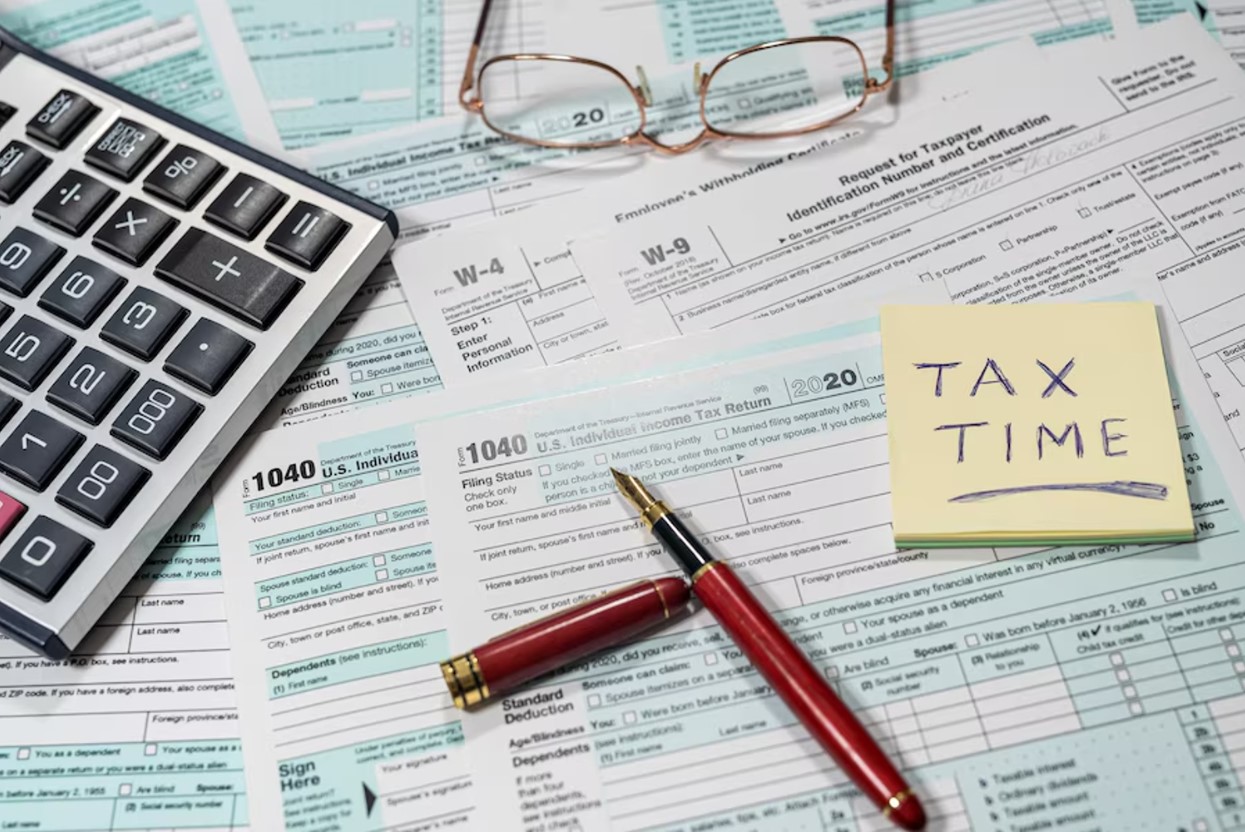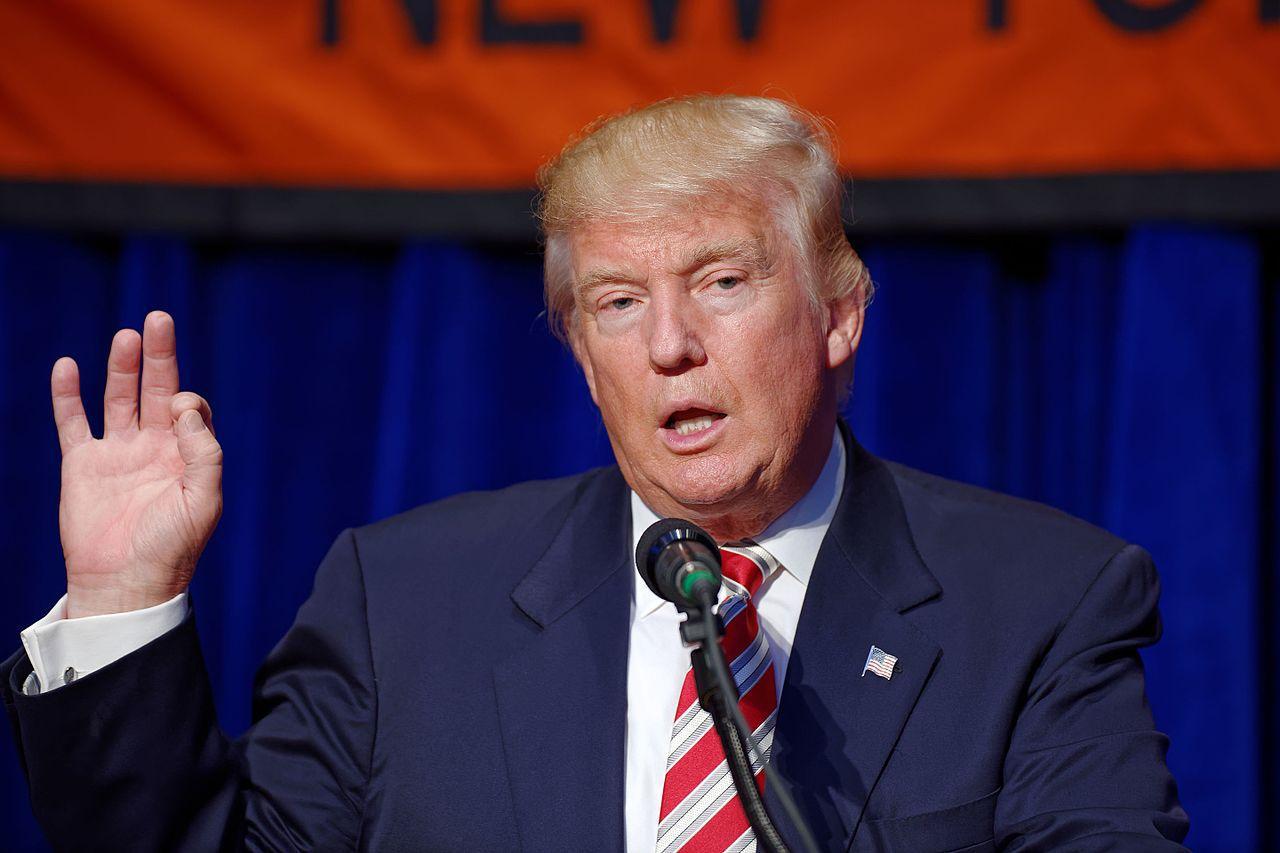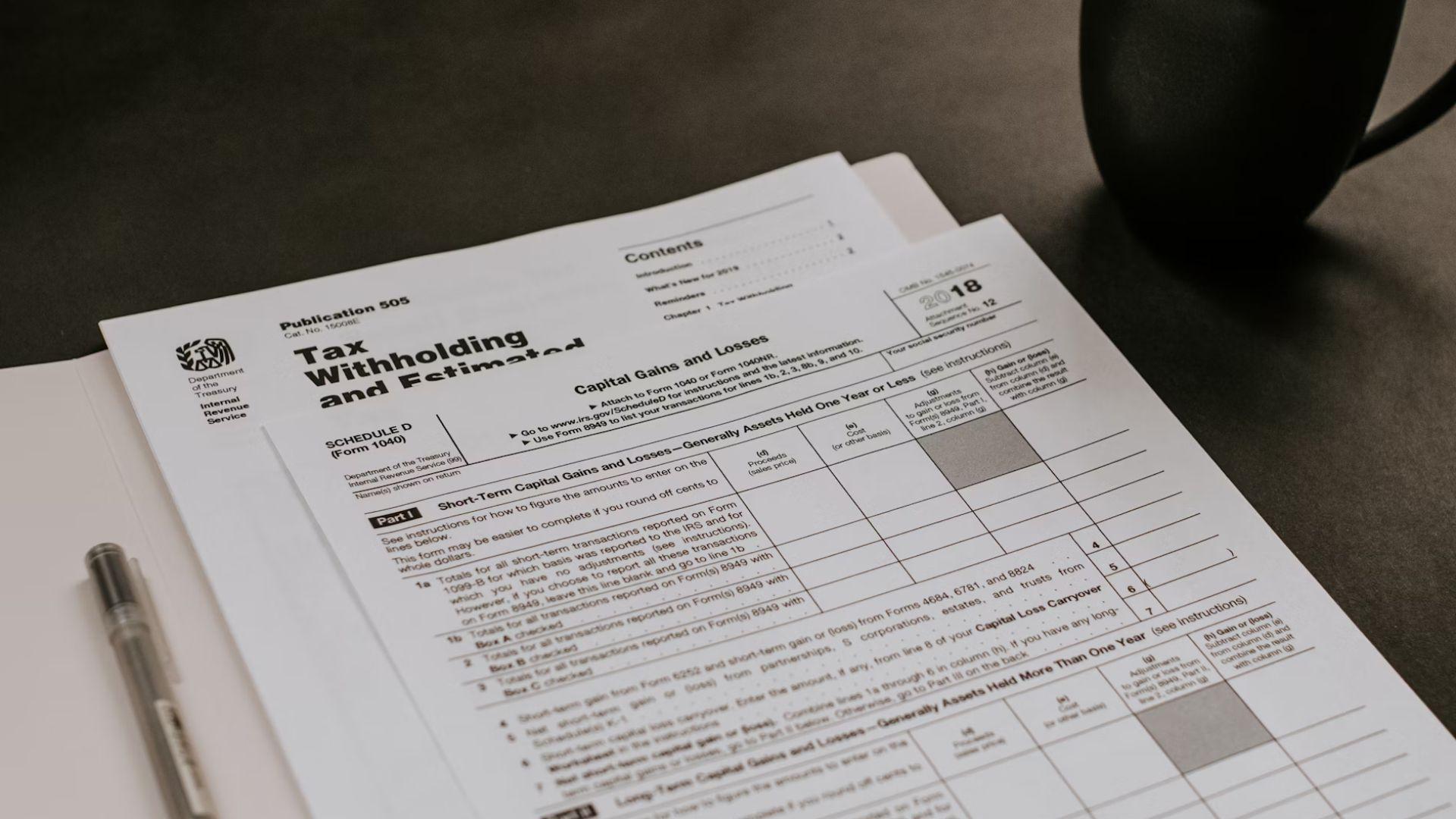You Could Pay A Lot More in Taxes Under Project 2025
Project 2025 is a detailed plan crafted by the conservative Heritage Foundation to guide the next Republican president. The blueprint outlines extensive changes to the federal government, focusing heavily on tax reforms.
Spearheaded by former Trump administration officials, this ambitious plan aims to simplify the tax code and shift economic policies.
What Is Project 2025?
For those unfamiliar with Project 2025, it is a controversial playbook and policy agenda created by a conservative think-tank that ushers in a sweeping overhaul of the executive branch.

Source: Unsplash
CBS News reports that the project comprises four pillars: “a policy guide for the next presidential administration; a LinkedIn-style database of personnel who could serve in the next administration; training for that pool of candidates dubbed the ‘Presidential Administration Academy;’ and a playbook of actions to be taken within the first 180 days in office.”
The Tax Proposals
Project 2025 proposes to eliminate the nation’s long-standing system of multiple tax brackets, which helps lower-income Americans pay a smaller share of their income in federal taxes compared to higher earners.

Justin Sullivan/Getty Images
Currently, several tax brackets are based on income thresholds. Project 2025 argues that the current tax system is overly complicated and expensive.
Simplifying the Tax Code
One of the central proposals of Project 2025 is to replace the current seven tax brackets with just two. This change aims to simplify the tax filing process for Americans.

Source: Freepik
Under the new system, those earning up to $168,000 would pay a 15% tax rate, while those earning above that would face a 30% tax rate.
The Proposed Plan
The plan wants to solve the complex and expensive problem by proposing just two tax rates.

Source: Freepik
It also proposes eliminating “most deductions, credits, and exclusions,” but the blueprint doesn’t specify which ones would go and which would stay.
Creating a Progressive Tax System
“The federal income tax system is progressive, and people who make more money pay a higher marginal tax rate than people who make less money,” Brendan Duke, senior director for economic policy at the left-leaning Center for American Progress, told CBS MoneyWatch.

Source: Freepik
“Conservatives look at that, and they feel that it’s unfair to the wealthy to ask them to pay a greater share of their income in taxes than lower-income families.”
Reforming Taxes With a Catch
The Project 2025 proposal “is a dramatic reform of how we fund our government, where we ask the wealthy to pitch in more than lower-income families,” he said. “This shifts taxes from the wealthy to the middle class, full stop.”

Source: Karolina Grabowska/Pexels
However, there is a catch for people who are middle-income earners and a bit of a reward for high-income earners.
Higher Tax Rates for Low-Income Earners
Millions of US households earn less than $168,000 a year and would likely face high tax rates under Project 2025. Currently, the bottom half of American taxpayers, who earn less than $46,000 a year, pay a tax rate of 3.3%.

Source: Freepik
This reflects their income taxes after deductions, tax credits, and other benefits. Paying 15% would be almost impossible for these taxpayers.
Impact on Middle-Class Families
The proposed tax changes could have significant implications for middle-class families. For example, a family earning $100,000 annually could see their taxes increase by $2,600 due to the loss of lower tax brackets.

Source: cottonbro studio/Pexels
The potential elimination of the Child Tax Credit would further increase their tax burden by an additional $6,600.
Higher Taxes for the Middle Class
Low-income taxpayers are not the only ones who will be paying the government to stay improvised. The higher tax on the middle class, along with the increase from removing tax credits, could wipe out the middle class.

Source: Andrea Piacquadio/Pexels
“That 15% bracket is a very big deal in terms of raising taxes on middle-class families,” Duke said.
Benefits for High-Income Earners
In contrast, high-income earners would benefit from the proposed tax changes. A married couple with two children earning $5 million a year could receive a tax cut of $325,000.

Source: Freepik
Critics argue that this shift would disproportionately benefit the wealthy at the expense of middle- and lower-income families.
Corporate and Capital Gains Tax Cuts
Project 2025 also proposes reducing the corporate tax rate from 21% to 18% and lowering the capital gains tax to 15%.

Source: Olga DeLawrence/Unsplash
These changes aim to stimulate business investment and economic growth but have sparked debates about their long-term effects on income inequality.
Eliminating Green Energy Credits
Another controversial aspect of Project 2025 is the plan to eliminate credits for green energy projects created by the Inflation Reduction Act.

Source: Freepik
This move is intended to reduce government spending but could impact the progress of renewable energy initiatives and climate change mitigation efforts.
A Tax for Being “Childless”
Project 2025 seems to be taxing families that are not eligible for the child tax credit. In a recently resurfaced 2021 interview, Ohio Sen. JD Vance, the Republican nominee for vice president, suggested that Americans without children should be taxed at a higher rate than those with children.

Source: Omar Lopez/Unsplash
However, Vance’s stance disparaging “childless” Americans is widely popular among those supporting him.
The Push for a National Sales Tax
The blueprint considers introducing a national sales tax as a potential U.S. consumption tax.

Source: Mizuno K/ Pexels
This proposal suggests shifting the tax burden from income to consumption, although it raises concerns about the regressive nature of sales taxes on lower-income households.
Changes to the Federal Reserve’s Mandate
Project 2025 also recommends eliminating the Federal Reserve’s mandate to maintain full employment.

Source: iStock
This shift could lead to a narrower focus on controlling inflation, potentially affecting labor market stability and employment rates.
Political Feasibility and Legislative Hurdles
Implementing these tax reforms would require significant legislative changes, which could be challenging if Congress is divided.

Source: Freepik
The 2017 Tax Cuts and Jobs Act passed with Republican control but no Democratic support, highlighting the difficulties of bipartisan agreement on tax policies.
Trump’s Distancing and Alternative Proposals
Former President Trump has distanced himself from Project 2025, emphasizing his own “Agenda 47” instead.

Source: Wikimedia
His proposals focus more on social and political issues, with less emphasis on tax reforms.
Extending Tax Cuts for Some
Trump has not proposed any concrete tax plans on his campaign trail, but analysts expect him to extend the tax cuts enacted through the Tax Cuts and Jobs Act if he wins reelection.

Source: Wikimedia
The TCJA was an overhaul of the federal tax code in 2017 that reformed individual and business pax.
A Tariff to Eliminate Federal Income Tax
A report from Oxford Economics (via CBS News) proposes that if Trump is reelected, he may extend the TJCA’s tax cuts, potentially repealing some of the clean energy and climate-related provisions in the Biden administration’s Inflation Reduction Act.

Source: engin akyurt/Unsplash
Trump has also suggested a proposal that creates a 10% tariff for all imports and a 60% tariff for Chinese imports. He believes this could raise enough money to eliminate the federal income tax.
Leaning in Favor of a Consumption Tax
While not paying an income tax sounds nice, tax experts don’t believe this would ever be possible.

Source: Blogging Guide/Unsplash
“A tariff is a consumption tax, and there is a throughline between [Project 2025’s] tax reform and what Trump has talked about, getting rid of taxes in favor of a consumption tax,” Duke noted.
Expert Opinions on Feasibility
Tax experts have raised concerns about the feasibility of Trump’s tariff proposal, noting that tariff revenue would be insufficient to replace the over $2 trillion generated annually by individual income taxes.

Source: Freepik
Consumers could also face higher prices for imported goods, further complicating the economic landscape.
Paying More for Goods
Consumers would likely have to pay more for imported goods, leading to the implementation of a higher federal tax on goods and services.

Source: Freepik
If the tariff is implemented and income taxes are eliminated, the price of goods could double due to taxes, making inflation seem mild by comparison.
A Pivotal Moment for Tax Reform
Project 2025 represents a bold and contentious plan to overhaul the U.S. tax system. Its success depends on political will and legislative support.

Source: Kelly Sikkema/Unsplash
As Americans consider the implications of these proposals, the debate over the best path forward for tax policy and economic growth will be a critical issue in the upcoming election.
